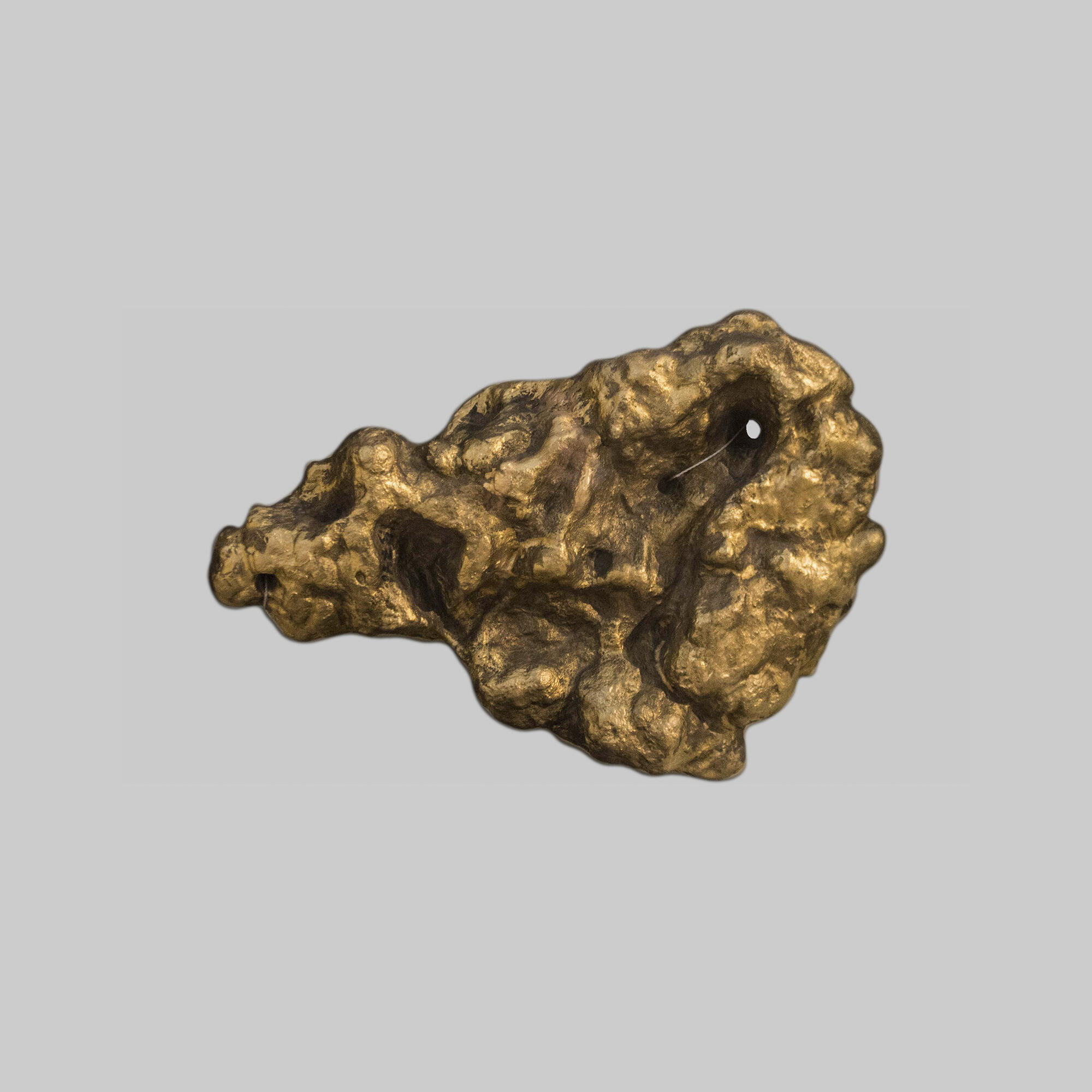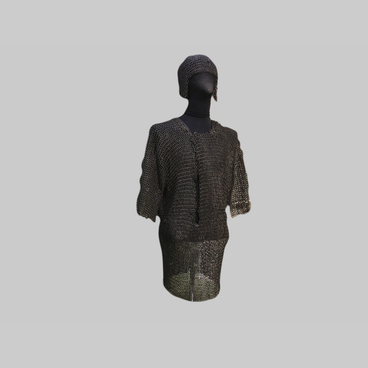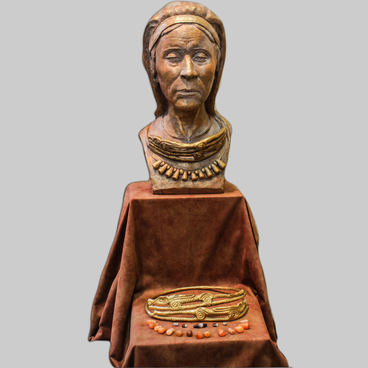Gold deposits were discovered in the Southern Urals more than two hundred years ago. State-owned mines were built in the valleys of the rivers Bolshoy Iremel, Maly Iremel, Atlyan, and Miass. In the second quarter of the 19th century, they produced up to 50 poods (a Russian unit of weight equivalent to about 16.4 kilograms) of gold annually. The Miass River valley became the site of a real gold rush. Gold was mined from large primary veins, which were the first to be depleted. The Miass gold mines were also known for their large nuggets that consisted of pure gold and required minimum processing.
On October 26, 1842, an important event took place at the Tsarevo-Aleksandrovsky mine. The young worker Nikolai Syutkin (according to other sources, it was NikIfor Syutkin) found the largest gold nugget in Eurasia. It was dubbed the ‘Great Triangle.’ It weighted 2 poods 7 pounds 92 zolotnIks (an old Russian unit of weight roughly equal to four grams), or 36 kilos 200 grams in modern units. The gold nugget was sent to Zlatoust, where the head of the mining plants ordered to make a plaster cast of it. Then the nugget was brought to Yekaterinburg to the head of the Ural mining plants, who subsequently had it shipped to St. Petersburg. There, the value of the find was estimated at 28,146 rubles 66.5 kopecks.
The nugget was taken to the museum of the National Mineral Resources Mining University. It has been preserved for almost two hundred years. Currently, it is stored in the Kremlin’s Diamond Fund. The lucky young gold prospector was given a statutory monetary bonus of 1,266 rubles 66 kopecks (4.5 percent of the nugget’s value). Syutkin received the money in three payments: first 66 rubles 66 kopecks, and then two payments worth 600 rubles each.
In the 20th century, new finds were made at the Miass gold mines. In 1935, the Bolshoy Tyelginsky and Maly Tyelginsky (lit.: Big Tyelga and Small Tyelga) nuggets weighing 14,145 and 9,339 kilograms, respectively, and the Zayachyi Ushi (lit.: Hare’s Ears) gold nugget weighing 3,344 kg were found on the Tyelga River (the left tributary of the Miass). In total, 504 nuggets with a total weight of 95,863 grams were found at the Miass gold mine between 1947 and 1965.
You can still see traces of large-scale gold mining around the city of Miass: dumps of processed rock, as well as the remains of dredges—complex mechanized mining and processing units on floating platforms.
On October 26, 1842, an important event took place at the Tsarevo-Aleksandrovsky mine. The young worker Nikolai Syutkin (according to other sources, it was NikIfor Syutkin) found the largest gold nugget in Eurasia. It was dubbed the ‘Great Triangle.’ It weighted 2 poods 7 pounds 92 zolotnIks (an old Russian unit of weight roughly equal to four grams), or 36 kilos 200 grams in modern units. The gold nugget was sent to Zlatoust, where the head of the mining plants ordered to make a plaster cast of it. Then the nugget was brought to Yekaterinburg to the head of the Ural mining plants, who subsequently had it shipped to St. Petersburg. There, the value of the find was estimated at 28,146 rubles 66.5 kopecks.
The nugget was taken to the museum of the National Mineral Resources Mining University. It has been preserved for almost two hundred years. Currently, it is stored in the Kremlin’s Diamond Fund. The lucky young gold prospector was given a statutory monetary bonus of 1,266 rubles 66 kopecks (4.5 percent of the nugget’s value). Syutkin received the money in three payments: first 66 rubles 66 kopecks, and then two payments worth 600 rubles each.
In the 20th century, new finds were made at the Miass gold mines. In 1935, the Bolshoy Tyelginsky and Maly Tyelginsky (lit.: Big Tyelga and Small Tyelga) nuggets weighing 14,145 and 9,339 kilograms, respectively, and the Zayachyi Ushi (lit.: Hare’s Ears) gold nugget weighing 3,344 kg were found on the Tyelga River (the left tributary of the Miass). In total, 504 nuggets with a total weight of 95,863 grams were found at the Miass gold mine between 1947 and 1965.
You can still see traces of large-scale gold mining around the city of Miass: dumps of processed rock, as well as the remains of dredges—complex mechanized mining and processing units on floating platforms.



